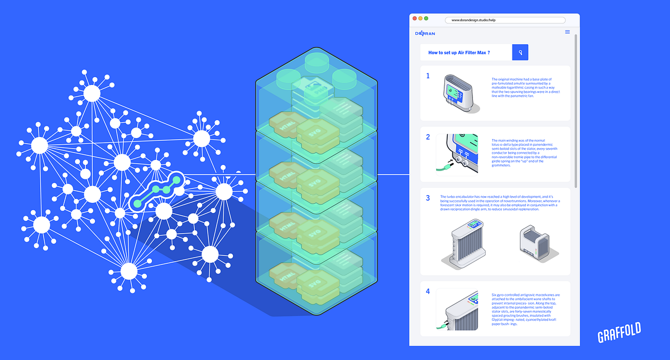Medium
3w
400

Image Credit: Medium
A New Map for Product Docs
- The transition from printed format user guides to GPS-style step-by-step instructions is just beginning.
- There's a major opportunity to apply AI tools to the long-neglected problem of product documentation.
- Users want clear, step-by-step instructions tailored to their specific task, similar to GPS navigation.
- Existing product manuals often lack connection to an underlying map, resulting in AI-generated content not being based on actual data.
- A proposal for a dynamic system involving computer vision, LLMs, CCMS, and a knowledge graph is made to improve product documentation.
- Product manuals stored as static PDFs need to be transformed into structured, searchable content for better user experience.
- The development of a knowledge graph is suggested to organize product data and enable on-demand, tailored instructions.
- The knowledge graph acts as a map, allowing tools like RAG and pathfinding algorithms to generate step-by-step instructions for any valid route.
- The system aims at replacing static manuals with a dynamic, living system aligned with how users search, learn, and solve problems.
- Adoption of AI tools like ChatGPT highlights the readiness of users to seek instructions from AI, emphasizing the need for accurate, high-quality data.
Read Full Article
24 Likes
For uninterrupted reading, download the app